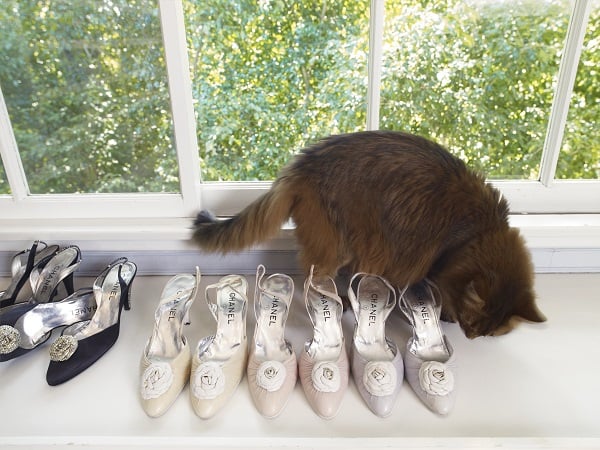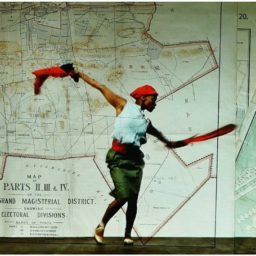There’s one thing missing from Catherine Opie’s intimate portraits of screen legend Elizabeth Taylor, currently on view at New York’s Lehmann Maupin Gallery: The actress herself, who appears in none of the photographs.
Opie’s sans-Taylor portraits are similar to Gay Talese’s famed Sinatra-less essay for Esquire, “Frank Sinatra Has a Cold.” In both cases, providing details about a subject’s identity without ever focusing on the individual may have been more telling than the primary source.
The 50 Taylor photographs make up Opie’s most recent monograph, 700 Nimes Road, which takes its name from the address of the actress’s last home in the Bel Air neighborhood of Los Angles. The images were taken over 6 months in 2010 and 2011, with care and talent, in a documentary style that Opie has perfected. The photographs offer a sneak peak into Taylor’s private life and a glimpse of the end of an icon’s life.

Catherine Opie, The Shoe Closet, from the 700 Nimes Road monograph (2010–11).
Photo: Catherine Opie, courtesy Regen Projects, Los Angeles and Lehmann Maupin, New York and Hong Kong.
Taylor, known for refusing to have her home photographed, allowed Opie alone unprecedented access to her home and belongings.
“In hindsight, I suppose that Elizabeth Taylor only accepted the invitation to have Catherine Opie photograph her most private place in the world because she was going to a better one,” wrote Tim Mendelson, co-trustee of the Elizabeth Taylor Trust in 700 Nimes Road. (Taylor died March 23, 2011, during Opie’s time there.)
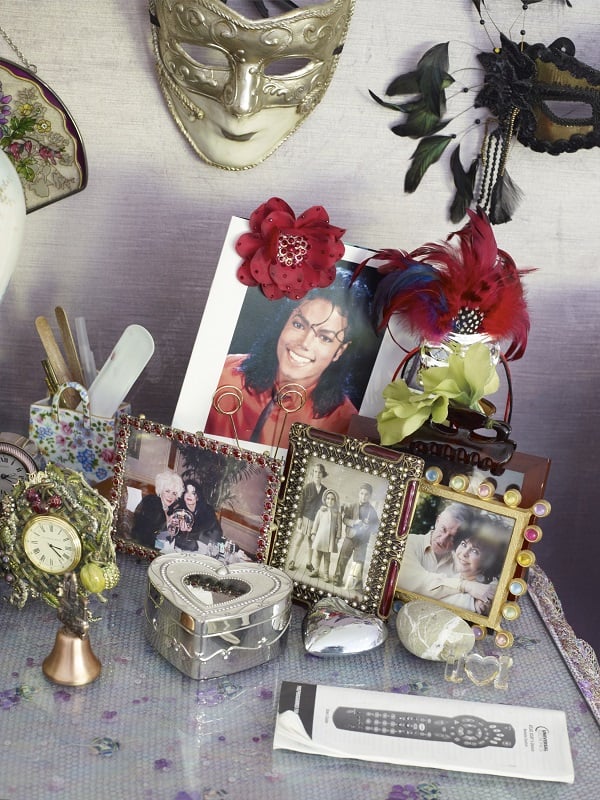
Catherine Opie, Bedside Table, from the 700 Nimes Road monograph (2010–11).
Photo: Catherine Opie, courtesy Regen Projects, Los Angeles and Lehmann Maupin, New York and Hong Kong.
Opie is known for her portraits, which often explore political movements and gay subcultures. Instead of capturing Taylor’s identity by examining her place within a larger group, Opie used the late star’s personal belongings as a means of revealing deeper truths. As is common in Opie’s work, the artist has inserted a bit of her own biography into the work by capturing her reflection in some of the photographs, providing a juxtaposition between the two women.
“Exploring the contents of Ms. Taylor’s closets, which exuded an ultimate femininity, my identity as a butch women was challenged,” Opie recalled in the essay for the monograph, “and sometimes I would put my scruffy tennis shoes next to a Chanel pump and shake my head in awe.”
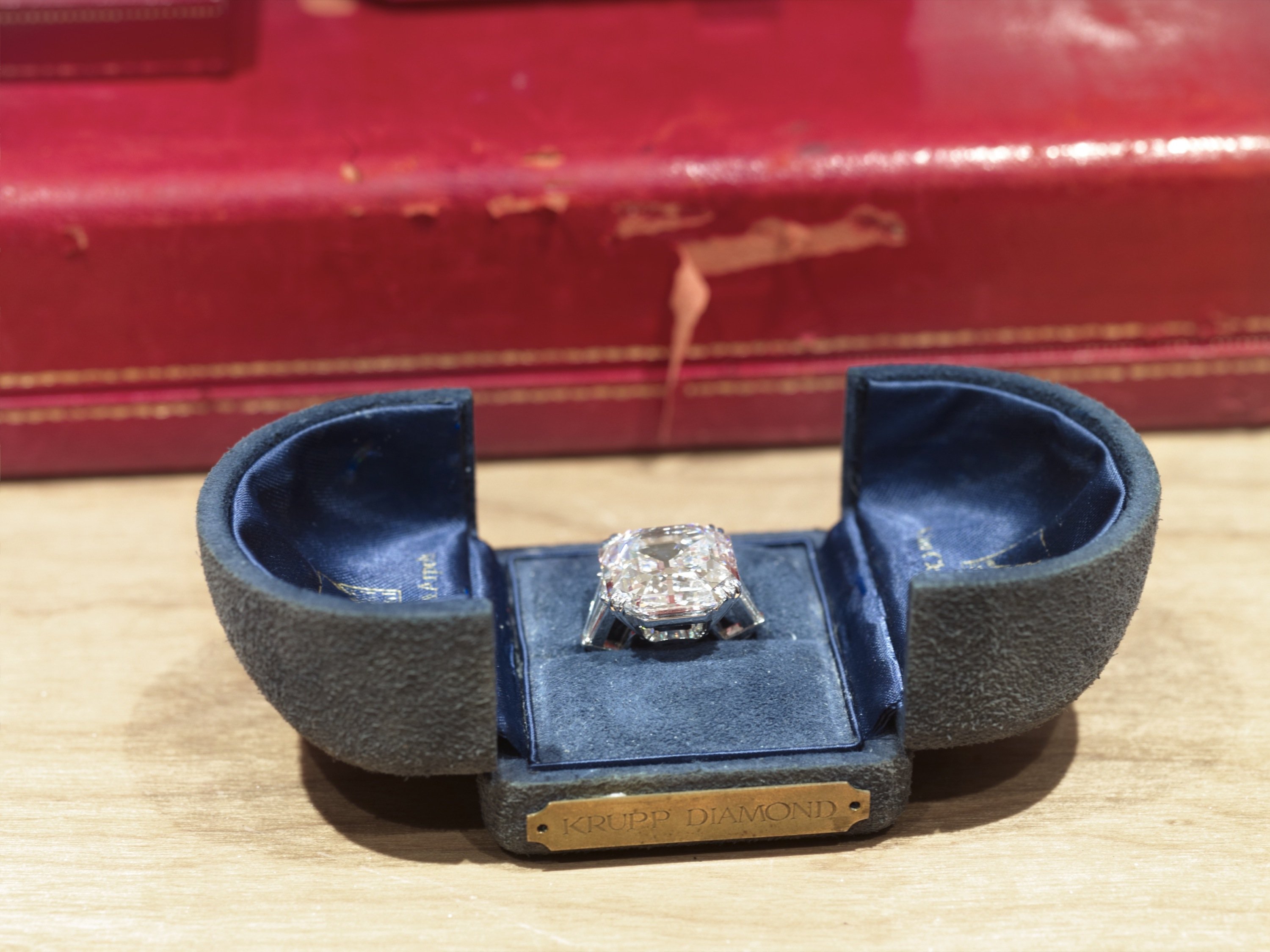
Catherine Opie, Krupp Diamond, from the 700 Nimes Road monograph (2010–11).
Photo: Catherine Opie, courtesy Regen Projects, Los Angeles and Lehmann Maupin, New York and Hong Kong.
The intriguing aspect of these photographs is the way in which Opie is able to capture Taylor’s extraordinary belongings as if they were normal. Precious items like gold-plated Oscar statuettes and diamonds somehow seem just as accessible as intimate family snapshots and mundane objects such as kitschy trinkets and a dog-eared remote control manual.
“Opie does not create a hierarchy of among the objects, which is true of how Taylor felt about them. All had meaning to Taylor, and all of it tells the story of her life,” wrote former Artforum editor Ingrid Sishy of the work.
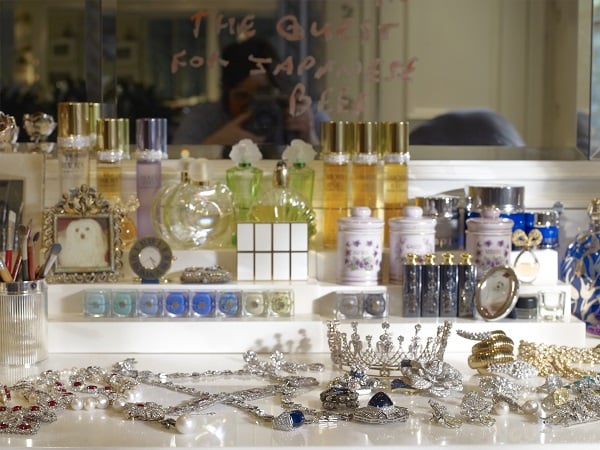
Catherine Opie, The Quest for Japanese Beef, from the 700 Nimes Road monograph (2010–11).
Photo: Catherine Opie, courtesy Regen Projects, Los Angeles and Lehmann Maupin, New York and Hong Kong.
“Catherine Opie: 700 Nimes Road” is on view at Lehmann Maupin Gallery, 201 Chrystie Street, and “Catherine Opie: Portraits and Landscapes” is on view at the gallery’s 536 West 22nd Street space, through February 20, 2016.
